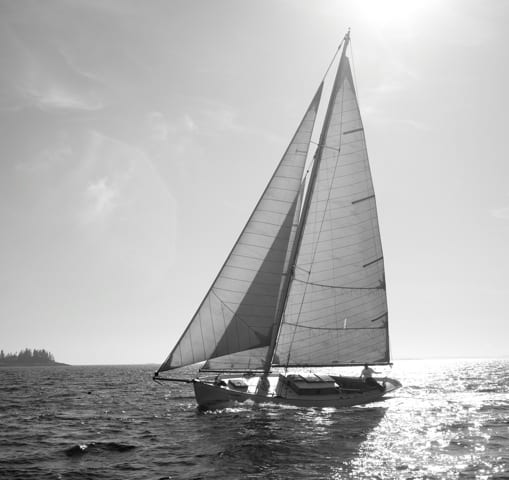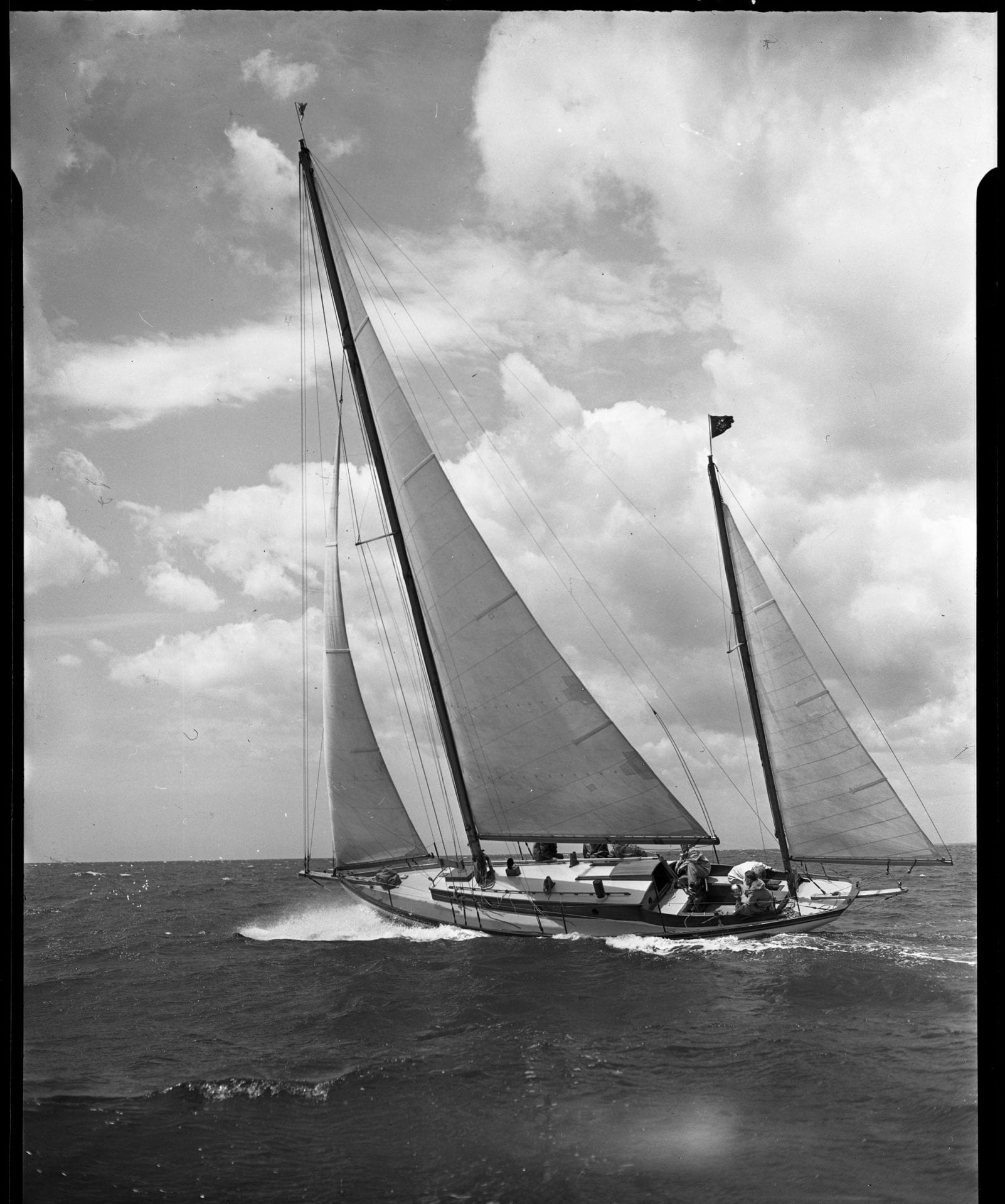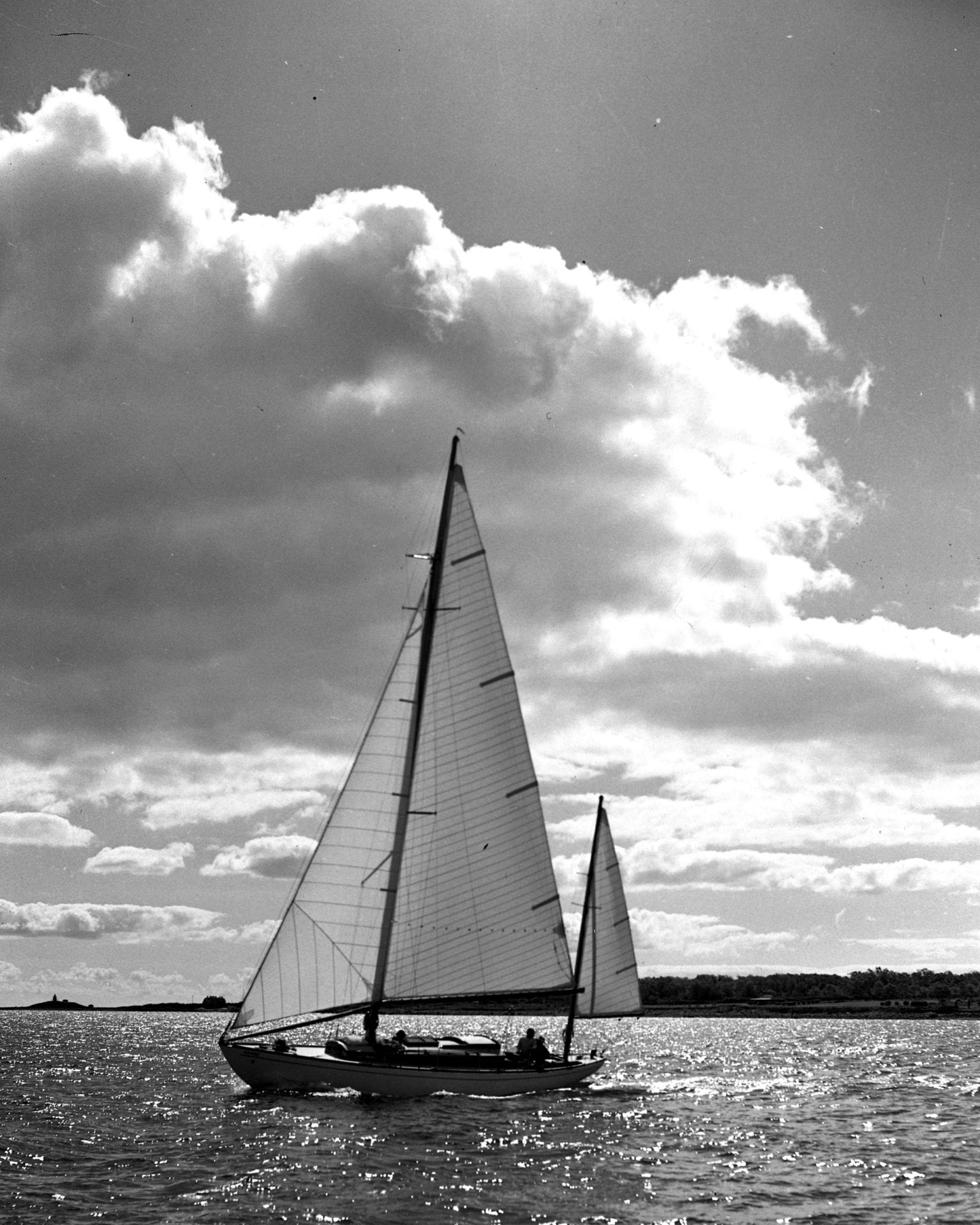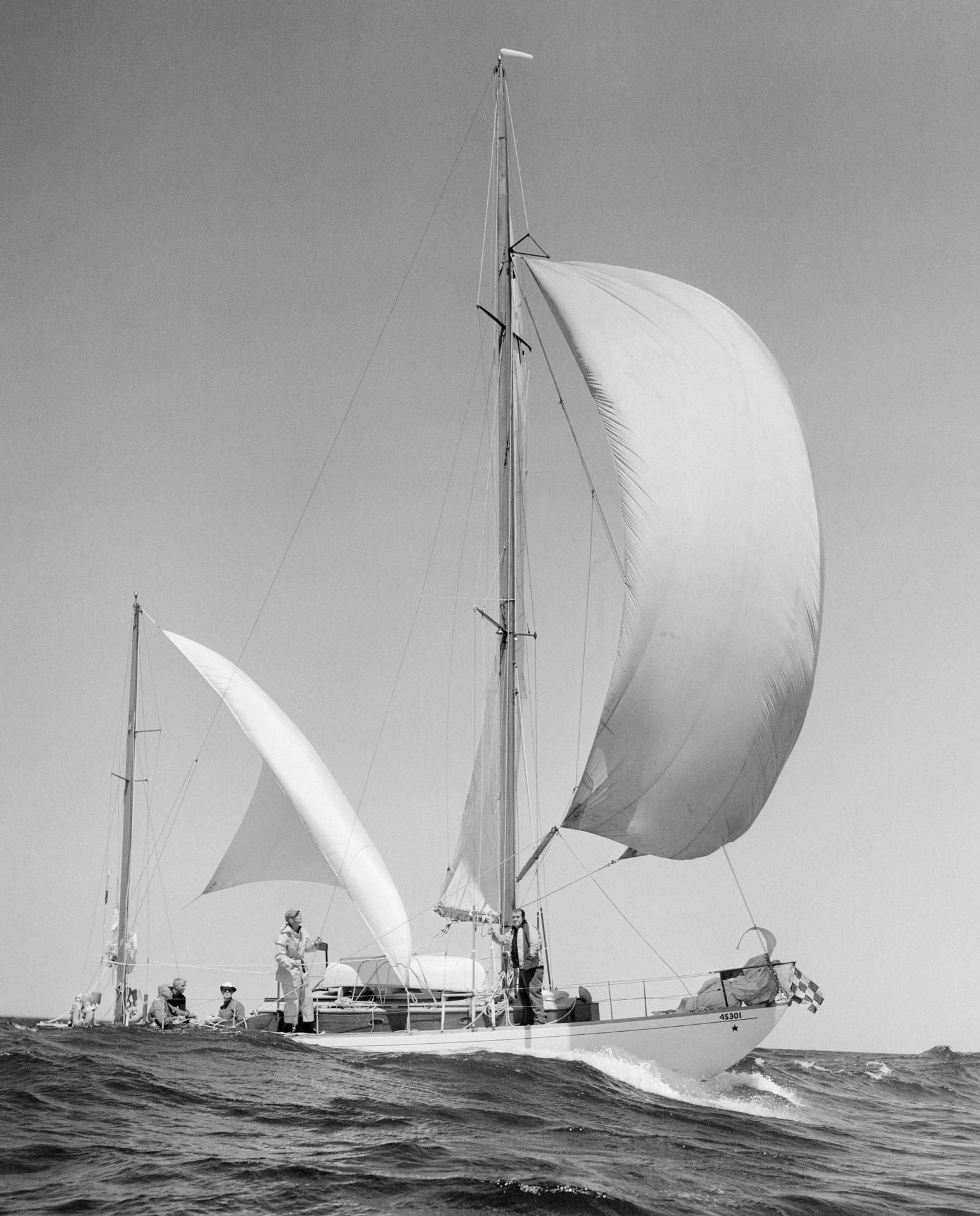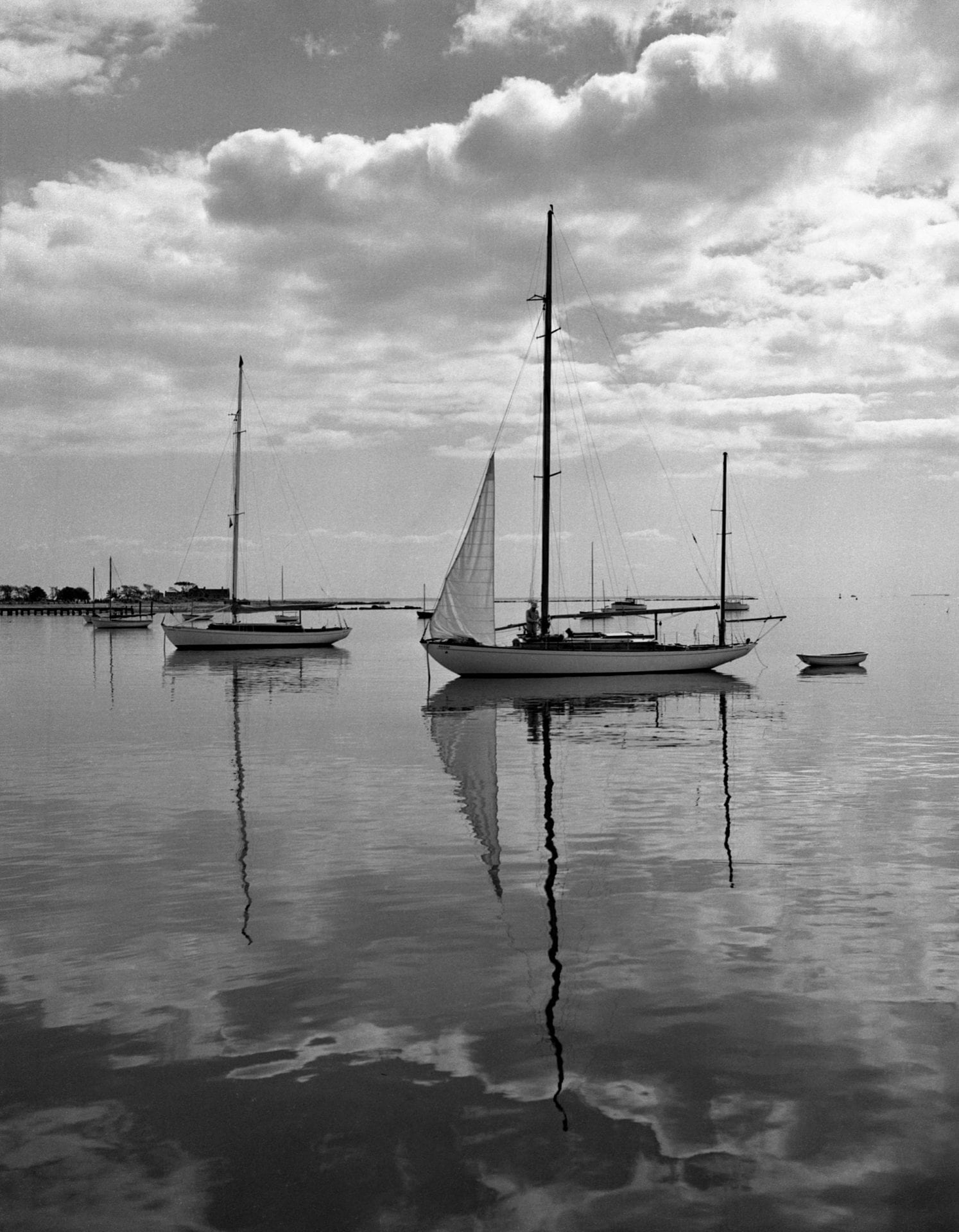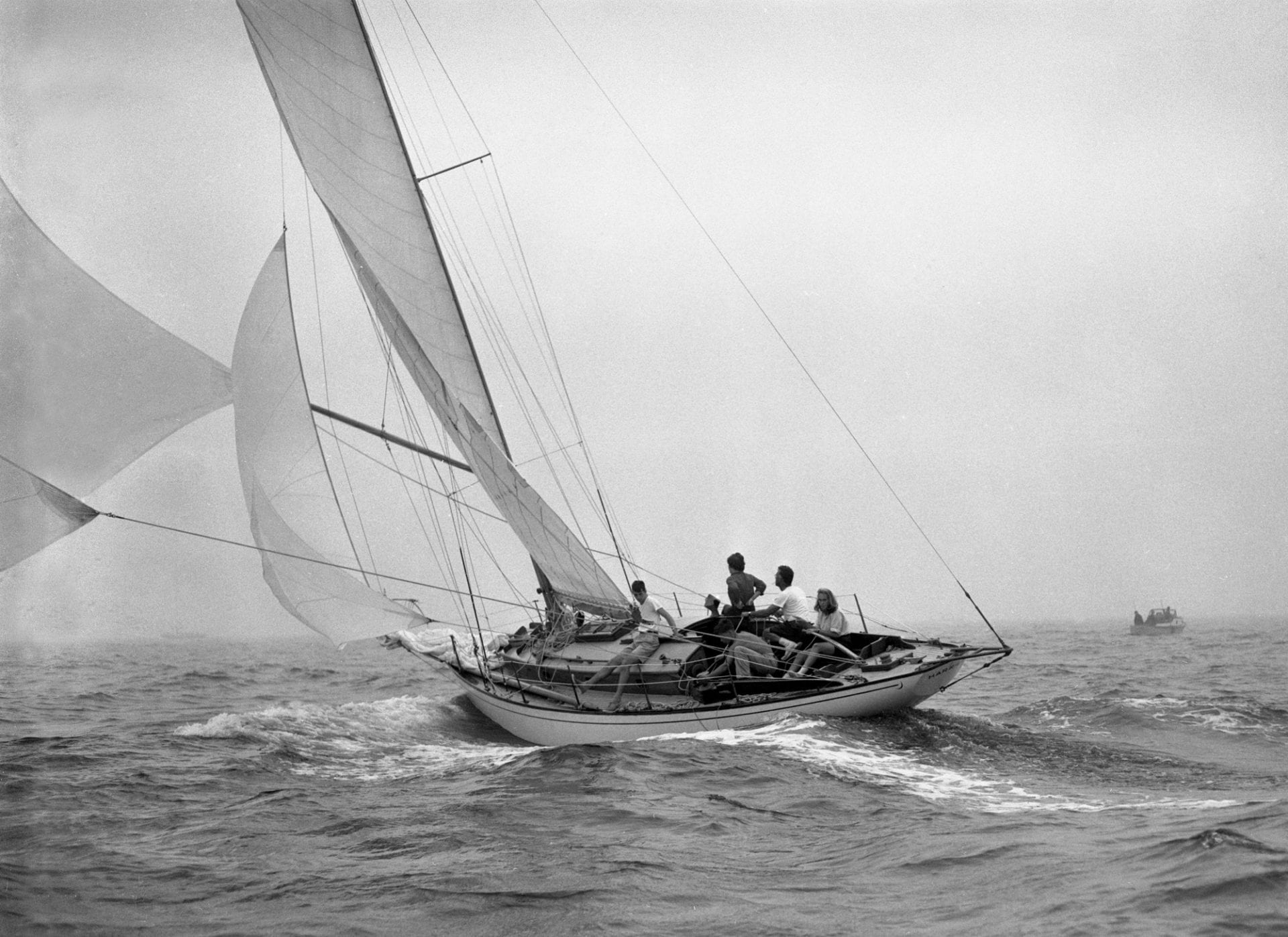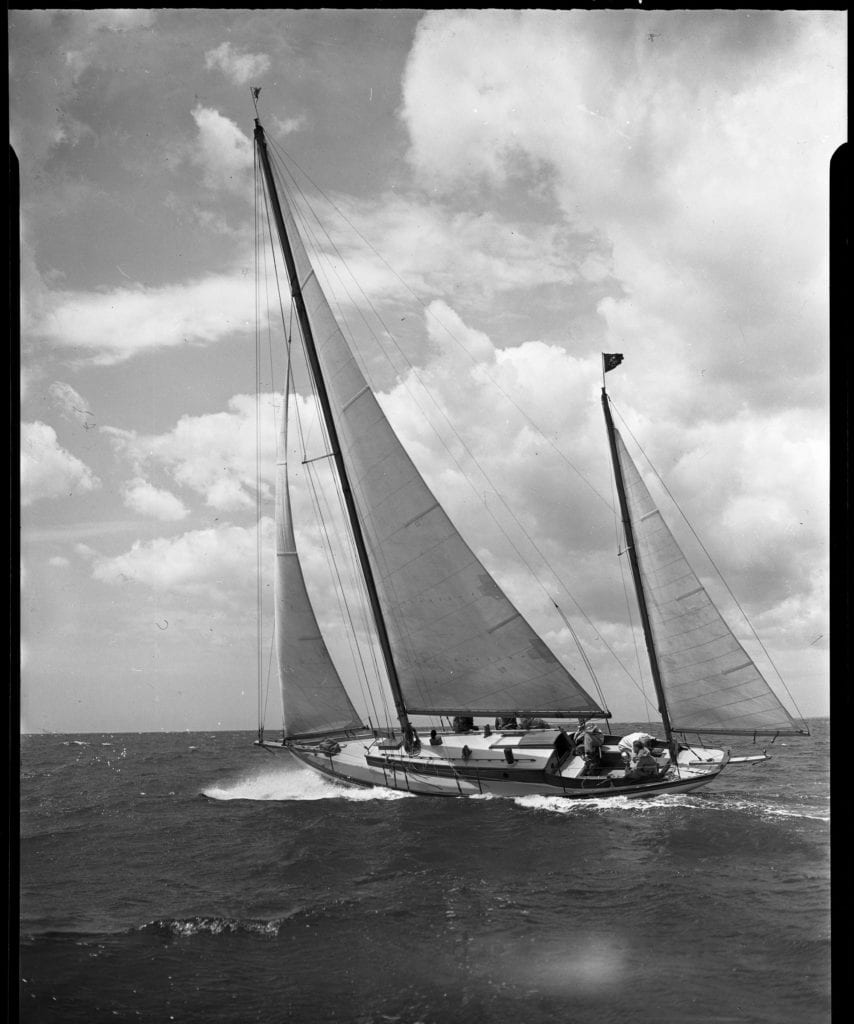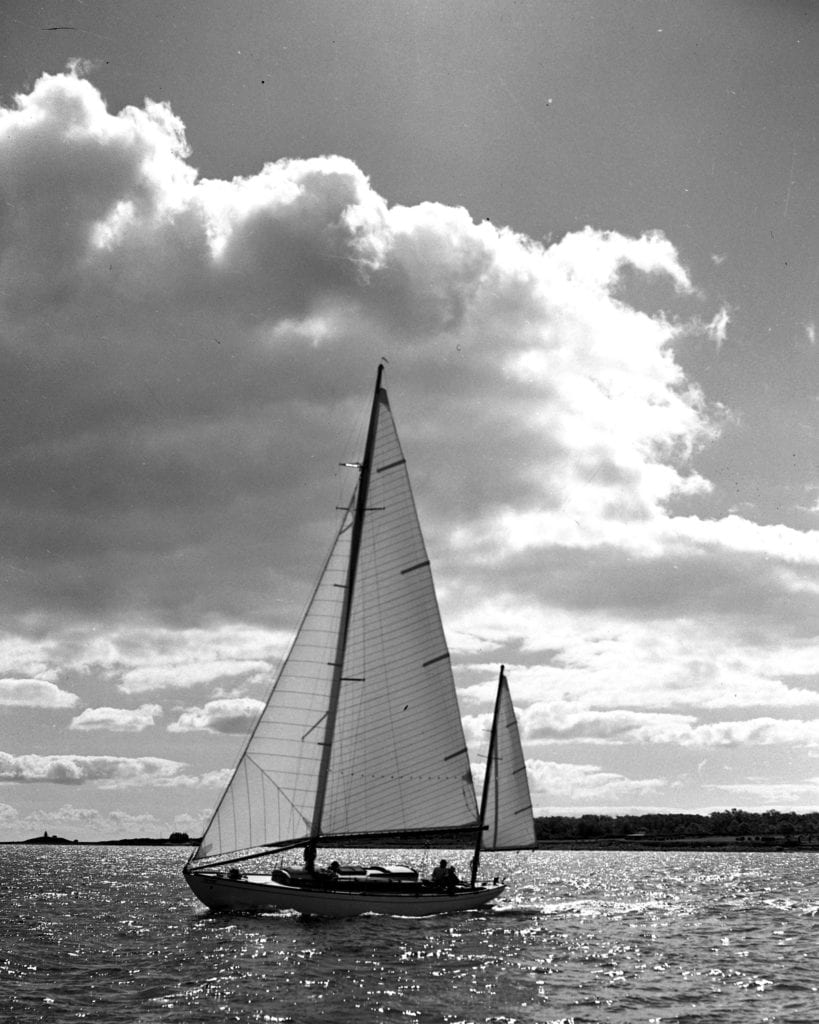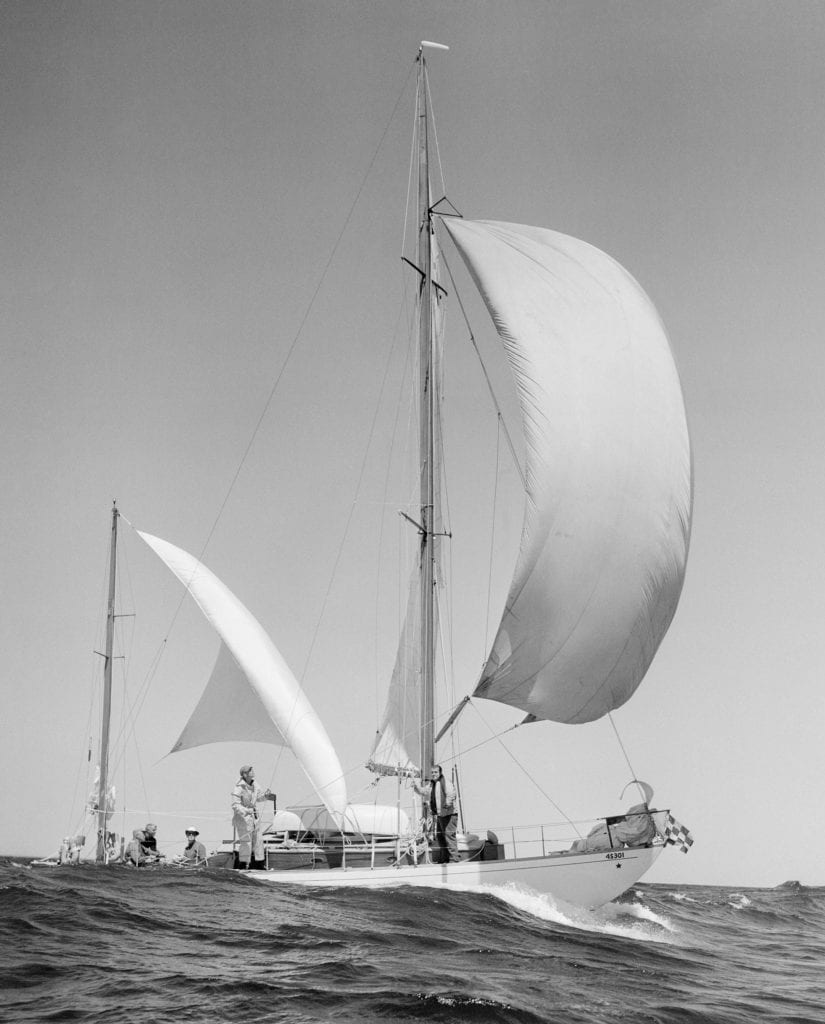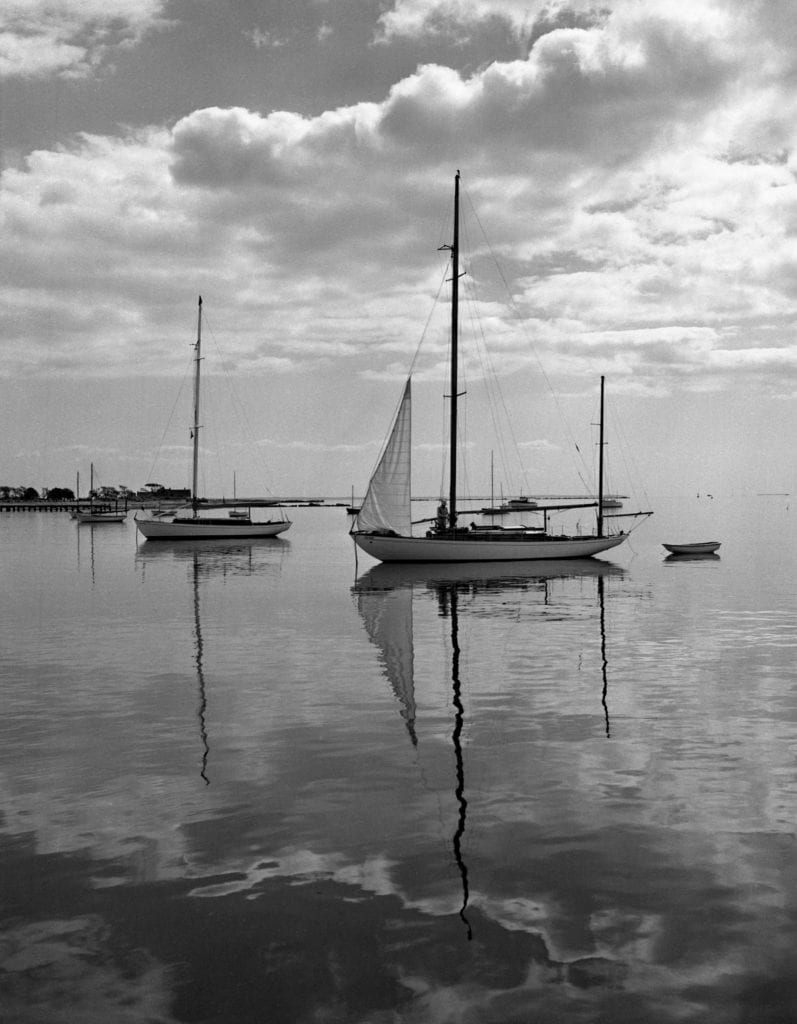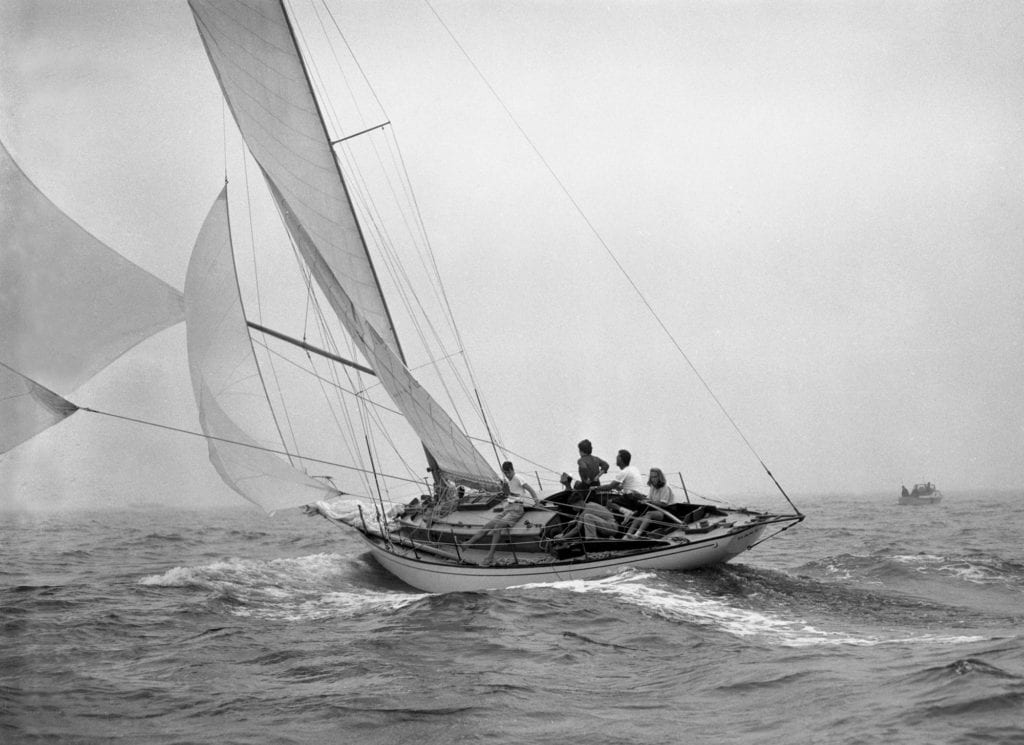Power, Performance, and Speed in 20th Century Yacht Design
Opened: December 9, 2016
Closed: May 29, 2017
The exhibition was a companion to two Museum publications, No Ordinary Being: W. Starling Burgess, Inventor, Naval Architect, Aviation Pioneer, and Master of American Design by Llewellyn Howland III and A Genius at His Trade: C. Raymond Hunt and His Remarkable Boats by Stan Grayson.
The Museum dedicated a premier exhibition space, the Jacobs Family Gallery, to this exhibition celebrating these two masters of American yacht design. The show highlighted each of these extraordinary innovator’s revolutionary and most notable contributions to the industry and looked to where their work continues to reverberate today in modern yacht design.
About the Exhibition
The exhibition highlights were actual boats designed by Burgess and Hunt as well as the outstanding photography of Norman Fortier, trophies, tank test models, and ship models borrowed from private and corporate collections.
One of the Museum’s greatest treasures is the 1/3 scale Concordia Yawl model by Tom Borges, with exquisite detailing and full rigging. Mystic Seaport loaned a c.1920 sailing canoe designed by Burgess, and private collectors loaned an early Boston Whaler and an exquisitely restored 110 series sailboat. These were complemented with ship models of Burgess and Hunt’s most iconic yachts, from America’s Cup J Boats to Hunt’s Deep V powerboat hull, one of the most impactful innovations in yacht design in the 20th century.
Videos and photographs of these and other yachts in action allowed visitors to fully appreciate the unprecedented beauty, power and speed brought to the industry by these two design masters and their continued influence on modern yacht design.
Starling Burgess, a man whose personal life rivaled the intrigue of his professional ingenuity, is the godfather of 20th century yacht design, influencing L. Francis Herreshoff, Frank Paine, and even Hunt himself. He developed the last design breakthrough for schooners in the staysail rig. Niña was one of the most beautiful examples of this innovation. Burgess created breakthrough powerboats, including the fastest motorboat in the word in 1903 and a 1/3 scale model of a destroyer, the prototype of which went 55 knots. The son of an America’s Cup champion yacht designer, Edward Burgess, Starling created three successive America’s Cup winners of his own: the Enterprise, Rainbow, and Ranger, all of which sailed in Buzzards Bay. Other achievements include the Yankee One Design yachts, which were ubiquitous on Buzzards Bay in their day and the Atlantic One Design. While the focus of the exhibition was on Burgess’s impact on yacht design, it was impossible to talk about this unique and talented innovator without acknowledging his remarkable work in hydro-aeroplanes with John Dunne and the charming Dymaxion car.
Ray Hunt is recognized as one of the most influential yacht designers of the 20th Century. While perhaps best known for Concordia yachts and the Boston Whaler, Hunt’s biggest impact was really in powerboats. He felt that there were not many innovations to be made in sailboats after the 1930s but there was endless potential in powerboats where his true genius came into play. His unique Deep-V hull, on which he briefly held a patent, was the basis for all high-speed, mono-hull powerboats that followed including the hulls of Grady White yachts, which are still designed by Hunt Associates of New Bedford. As a racing sailor, Hunt had few, if any equals. Amongst his many achievements, he swept the illustrious Cowes Week in 6 out of 6 races on his Concordia Harrier in 1955, and many of his personal trophies were featured in the exhibition.
These two titans of yacht design were each in their own way, true Renaissance men, and their continued influence on American yacht design is profound. Each of them was driven to push limits, debunk traditional assumptions, and think in entirely new and innovative ways to create some of the most iconic and groundbreaking designs the industry has ever seen. Their legacy in modern yacht design is all around us, and this exhibition drew attention to their accomplishments and unique contributions.
